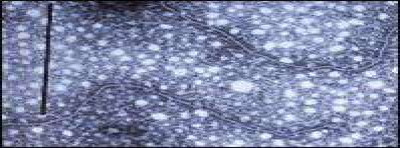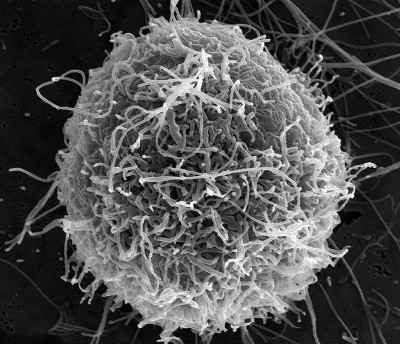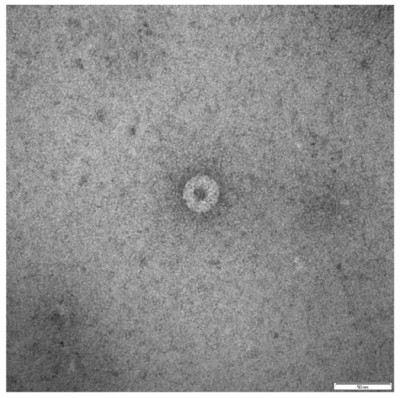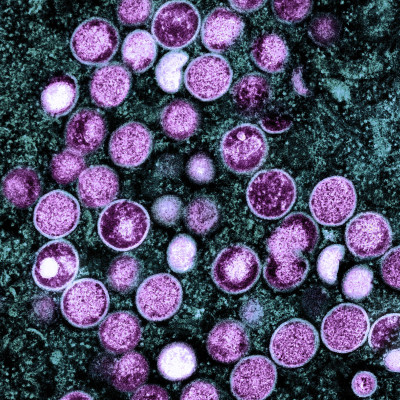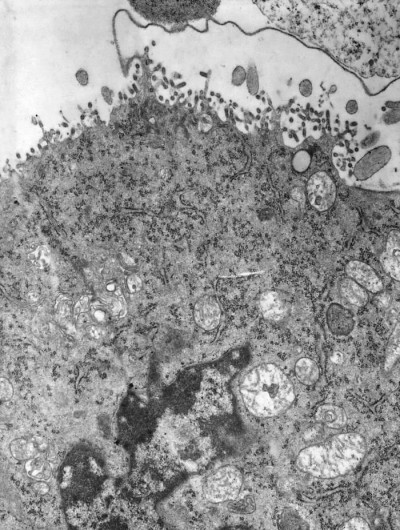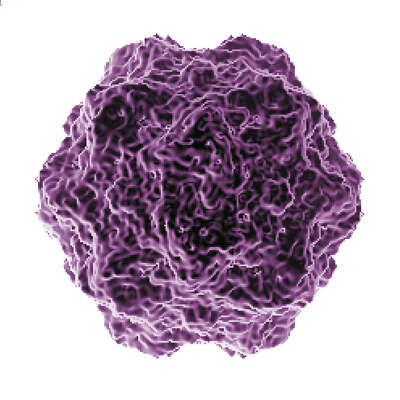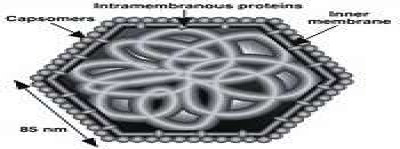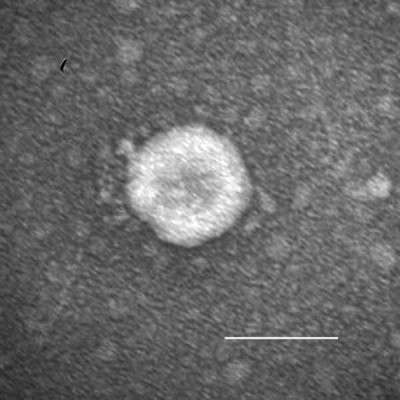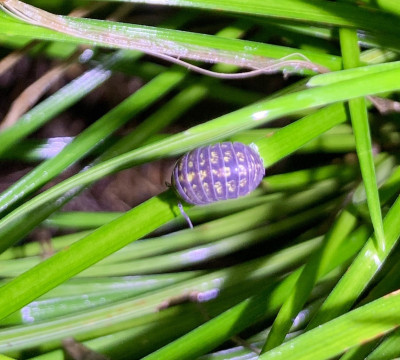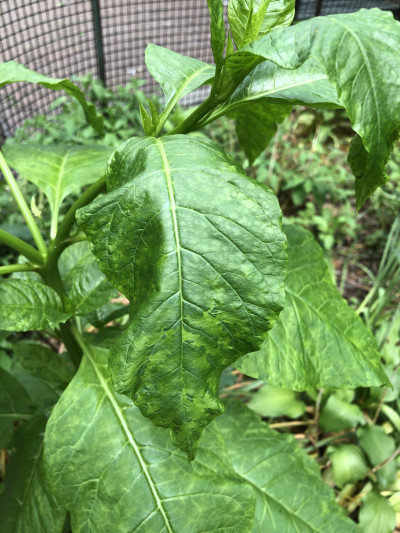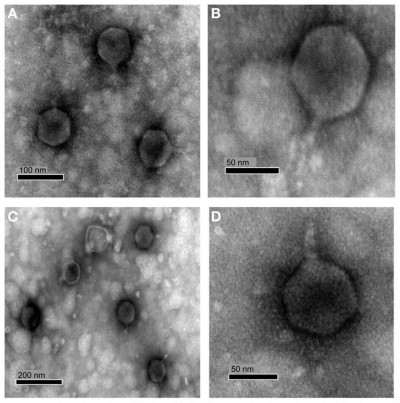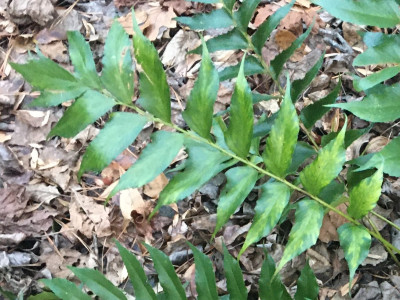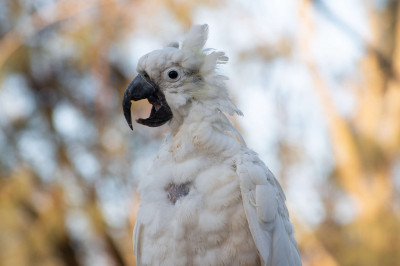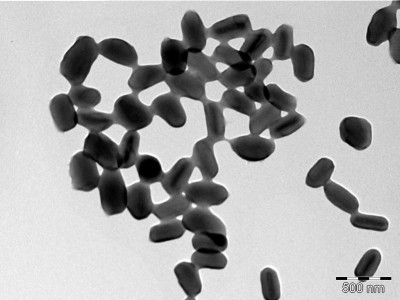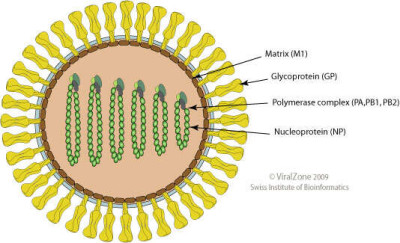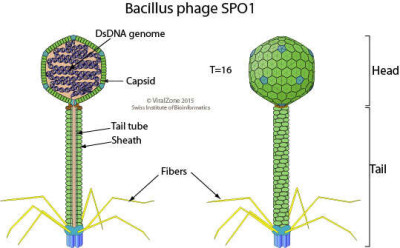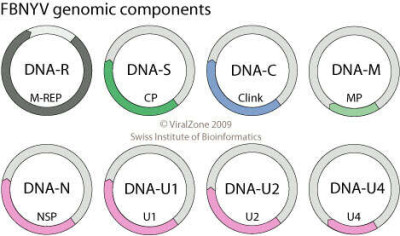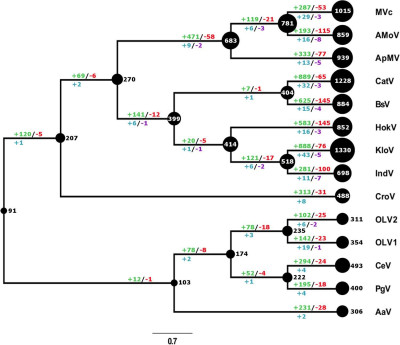Electron Microscopy of Citrus Tristeza Virus.
Wikimedia Commons, Arizona Department of Agriculture
09 Apr 2024
Scanning electron micrograph of filamentous Ebola virus particles budding from a single chronically-infected VERO E6 cell (25,000x magnification).
Wikimedia Commons, NIAID
03 Apr 2024
Mortality risk associated with categorical PPG4-7.9h (top decile versus bottom nine deciles) in 4,896 participants. Model 1: adjusted for age, sex, ethnicity, body mass index, education, poverty-income ratio, survey period, physical activity, alcohol consumption, smoking status, systolic blood pressure, total cholesterol, HDL cholesterol, family history of diabetes, and fasting time. Model 2: adjusted for all the factors in Model 1 plus HbA1c. CI, confidence interval; CVD, cardiovascular disease; DM, diabetes; HbA1c, hemoglobin A1c; HDL, high-density lipoprotein; HR, hazard ratio; HTN, hypertension; No., number; PPG4-7.9h, postprandial plasma glucose measured from blood taken between 4 and 7.9 h.[1]
04 Mar 2024
Transmission electron micrograph of PCV particles. Culture supernatant from C6/36 cells infected with PCV was concentrated and round, enveloped virus particles with an electron-dense core were visualised using uranyl acetate staining. Scale bar 50 nm. [1]
Jody Hobson-Peters, Alice Wei Yee Yam, Jennifer Wei Fei Lu, Yin Xiang Setoh, Fiona J. May, Nina Kurucz, Susan Walsh, Natalie A. Prow, Steven S. Davis, Richard Weir, Lorna Melville, Neville Hunt, Richard I. Webb, Bradley J. Blitvich, Peter Whelan, Roy A. H
02 Apr 2024
Colorized transmission electron micrograph of monkeypox particles (purple) found within an infected cell (teal), cultured in the laboratory. Image captured and color-enhanced at the NIAID Integrated Research Facility (IRF) in Fort Detrick, Maryland.
Wikimedia Commons, NAID
08 Apr 2024
This negatively-stained transmission electron micrograph (TEM) revealed the presence of numerous Piry virus virions, many of which could be seen as they were budding from the host cell, thereby, becoming free to migrate throughout the host’s system. Note the bullet-like shape of the small, 155nm x 162nm virions, as they’re freed from the host cell. Normally, under electron microscopic examination, the virions are observed, as being discoidal, or spheroidal in shape, and only rarely as bullet-shaped, as was the case here.
Public Health Image Library
11 Apr 2024
Minute Virus of Mice serves as the archetype within the Parvovirus genus. Initially, the virus was referred to as mice minute virus.
Wikimedia Commons
24 Apr 2024
Schematic diagram of a cross-section of an Iridovirus particle, showing capsomers, transmembrane proteins within the lipid bilayer, and an internal filamentous nucleoprotein core.
Wikimedia Commons, ICTV: Jancovich, J.K., Chinchar, V.G., Hyatt, A., Miyazaki, T., Williams, T., Zhang, Q.Y. — Original author Darcy-Tripier et al
24 Apr 2024
Porcine deltacoronavirus (OH-FD22) particle detected in intestinal contents from a gnotobiotic pig. The sample was negatively stained with 3% phosphotungstic acid. Scale bar indicates 100 nm.
Wikimedia Commons, Kwonil Jung, Hui Hu, Bryan Eyerly, Zhongyan Lu, Juliet Chepngeno, and Linda J. Saif
24 Apr 2024
The common pill woodlouse, scientifically known as Armadillidium vulgare, is a terrestrial crustacean widely recognized for its distinctive ability to roll into a tight ball when threatened. It is commonly found in gardens and other damp habitats.
iNaturalist
25 Apr 2024
TEM micrograph of phages RLP1 and RPP1 (Schitoviridae, formerly in Podoviridae) negatively stained with uranylacetate. RLP1—(A,B) and RPP1—(C,D). Based on their morphology phages were classified as podoviruses.
Wikimedia Commons, Jacqueline Z.-M. Chan, Andrew D. Millard, Nicholas H. Mann, Hendrik Schäfer
07 May 2024
The Japanese Holly Fern Mottle Pteridovirus, also known by its abbreviation JHFV, is a virus that affects ferns, particularly the Japanese holly fern (Cyrtomium falcatum). This virus belongs to the family Tombusviridae, which encompasses a diverse group of plant viruses with a single-stranded RNA genome.
iNaturalist
11 May 2024
Circoviruses are a group of small, single-stranded DNA viruses that infect a variety of bird species. In parrots, circovirus infection leads to Psittacine Beak and Feather Disease (PBFD), a serious and often fatal condition first described in the early 1980s. PBFD is particularly concerning due to its impact on both wild and captive parrot populations, including endangered species.
The clinical signs of PBFD vary with the age of the bird, the stage of infection, and the bird species. Symptoms are generally more severe in young birds and can be categorized into two forms:
Acute Form: Seen primarily in nestlings and young birds. Symptoms include depression, regurgitation, diarrhea, and rapid onset of feather abnormalities. Death can occur within weeks.
Chronic Form: More common in older birds. Symptoms develop over months to years and include progressive feather loss, feather dystrophy (malformed feathers), and beak abnormalities such as elongation, fractures, and necrosis. Immune suppression is a significant concern, leading to secondary infections.
iNaturalist
23 May 2024
Transmission electron micrograph of Phthorimaea operculella granulovirus occlussion bodies purified from Phthorimaea operculella larvae. Imaged with a Libra 120 (Zeiss) transmission electron microscope.
G08j1719, Wikimedia Commons
31 Jan 2024
Schematic drawing of a virion (Genera Thogotovirus and Quaranjavirus, cross section). Enveloped, spherical. The virions are 80-120 nm in diameter
ViralZone, SIB Swiss Institute of Bioinformatics, Wikimedia Commons
23 Feb 2024
Preparation of porcine TAA using the cover-then-cut method. A, The commercially available bovine pericardium patch is sewn onto the ascending aortic walls. B, Following the side clamping, a large hole is made in the aortic wall which connects the patch cavity with the aortic lumen. C, The patch opening is sutured. TAA, thoracic aortic aneurysm.[1]
28 Feb 2024
Schematic drawing of a virion of the Bacillus phage SPO1.
ViralZone, SIB Swiss Institute of Bioinformatics, Wikimedia Commons
01 Mar 2024
Genome map of species Faba bean necrotic yellows virus (FBNYV) showing 8 segments.
ViralZone, SIB Swiss Institute of Bioinformatics, Wikimedia Commons
11 Mar 2024
Evolutionary history of gene family content found in giant viruses inferred by COUNT. The size of the black circles mapped on a cladogram of the Mimiviridae represents the number of gene families at each node or tip. Gene gain and loss events are depicted on top of the branches in red and green, gene duplication and contraction in blue and purple below. MVc: Megavirus chilensis, AMoV: Acanthamoeba polyphaga Moumouvirus, ApMV: Acanthamoeba polyphage Mimivirus, CatV: Catovirus, BsV: Bodo saltans virus, HokV: Hokovirus, KloV: Klosneuvirus (KlosnV), IndV: Indivirus, CroV: Cafeteria roenbergensis virus, OLV1: Organic Lake Phycodnavirus 1, OLV2: Organic Lake Phycodnavirus 2, CeV: Chrysochromulina Ericina Virus, PgV: Phaeocystis globosa virus PgV-16T, AaV: Aureococcus anophagefferens virus.
Wikimedia Commons, Christoph M. Deeg, Cheryl-Emiliane T. Chow, Curtis A. Suttle
02 Apr 2024
 Encyclopedia
Encyclopedia
